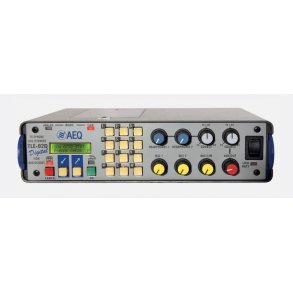Do you want to be a dealer/partner with Broadcast Africa?
If you are looking for a supplier of broadcast products, we always welcome dealers and partners around the African continent.
We can offer you all brands shipped wordwide to the best conditions.
Broadcast Africa is working with dealers, agent and partners all over Africa. For some countries we are still looking for local partners. You are welcome to ask, if you want to become a partner of the Broadcast Africa network.
Send us an e-mail to our sales team!

